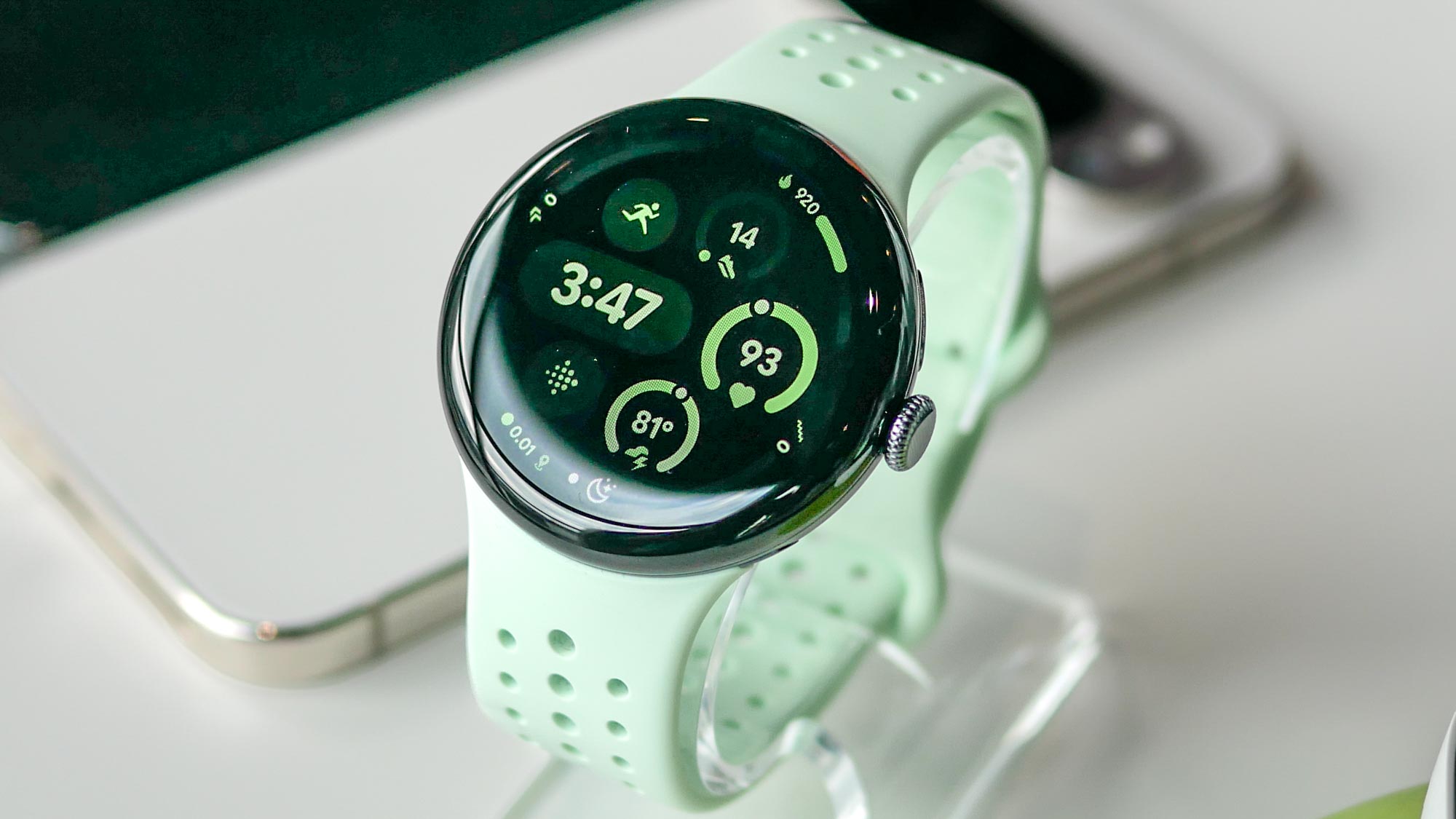7 Midjourney styles to bring new life to your AI images
Change an image with a number
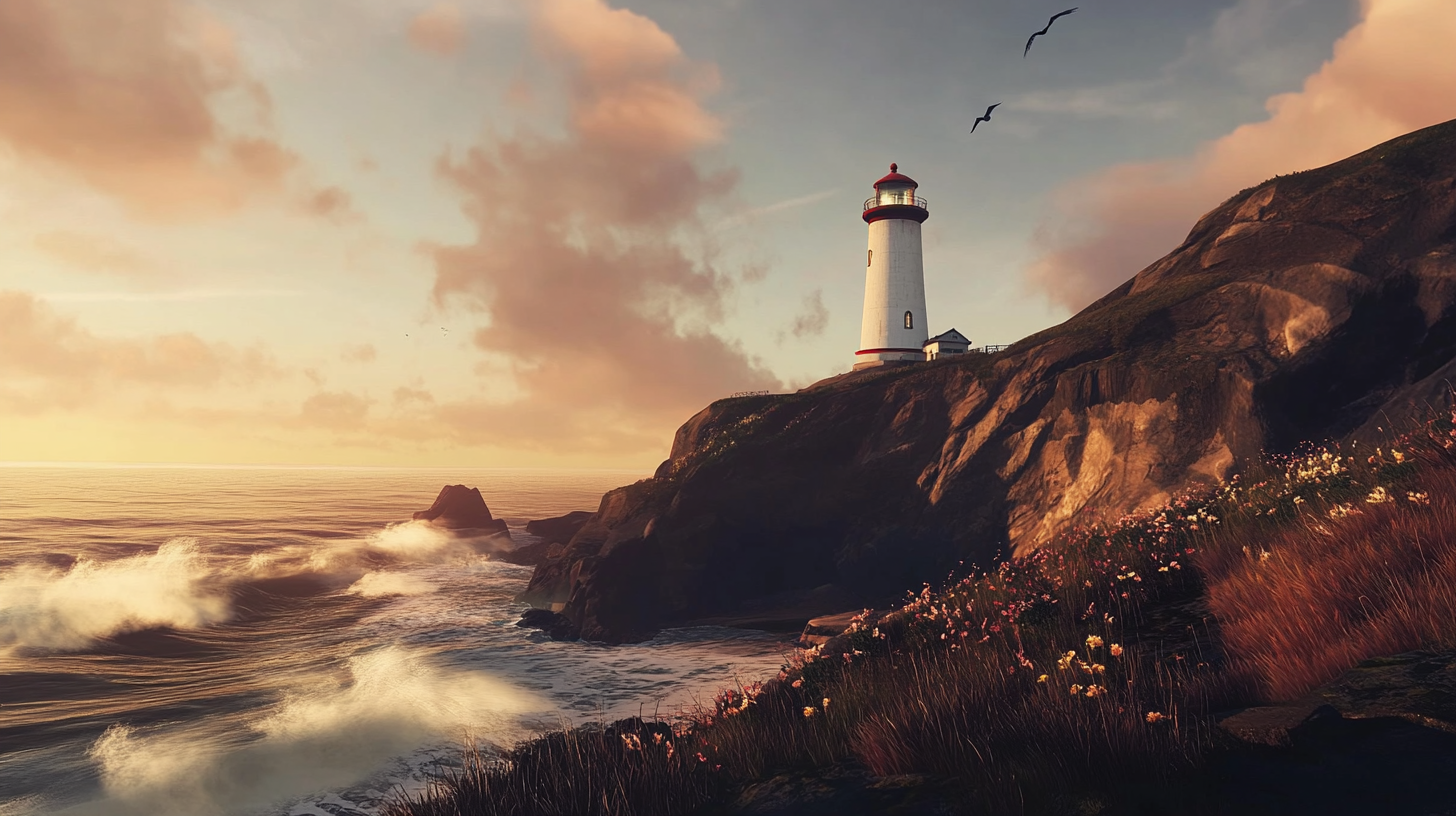
One of my favorite features of Midjourney is its ability to apply different styles to the same prompt and completely change the way they look. Style References can be numeric codes, a link to another image or the word ‘random’ added after --sref.
Midjourney stands firm as the most high-profile artificial intelligence image generator despite increasing competition from the likes of Ideogram, Flux and Adobe Firefly. It still ranks at the top of my best AI image generator guide and style references is among the reasons why.
There could be billions of Style Reference codes you can apply to any prompt in Midjourney as it is any number or combination of numbers from 1 digit to 10 digits. Some libraries have been launched including srefcodes and midjourneysref with several thousand examples.
I’ve tried to pull together a selection of seven Midjourney style reference codes I find particularly useful and engaging, and applied them to the same prompt to show how much of a difference a style reference can make to a final AI image.
Trying out style references
I’ve tried to come up with an image prompt that will work across disparate styles which could dramatically change the color and lighting of the resulting generation.
The prompt: “A solitary lighthouse on a rocky coastal cliff at golden hour. Waves crash against the rocks below, creating sea spray. Wild coastal flowers grow in the foreground, swaying in the wind. Wispy clouds streak across the warm sunset sky, casting long shadows. The lighthouse is white with red trim, standing tall against the dramatic landscape. A few seabirds soar in the distance.”
To get the base image, with no style reference applied (above) I set the mode to raw, set stylization to 0 and turned off personalization. I then asked Claude to define the style from each image after it was generated.
1. A pastel scene (--sref 1324941598)
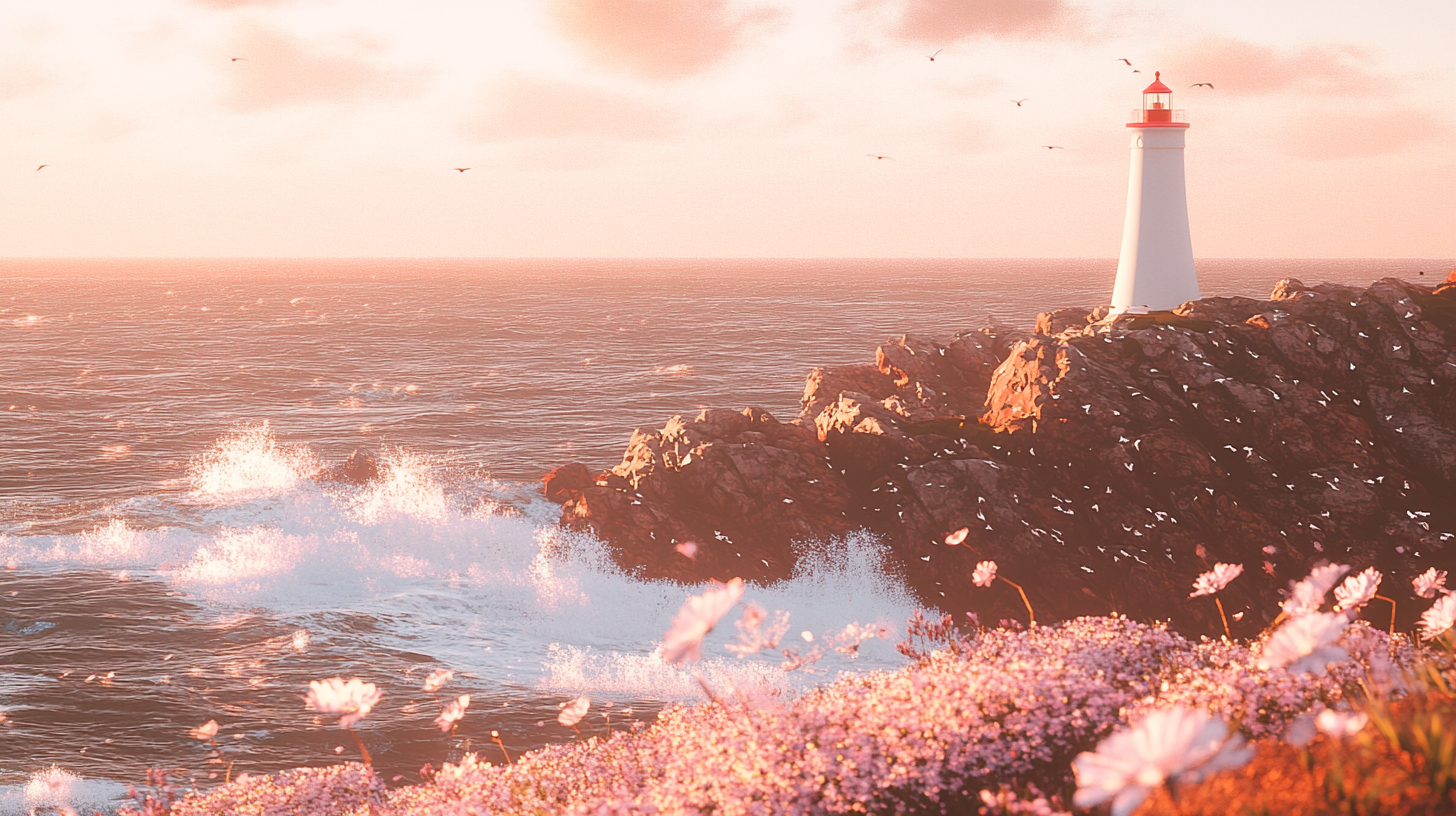
The first style reference was one that generated a dreamlike feel with a pink hue. To use it just add --sref 1324941598 to the end of your prompt.
Claude described it as looking "romantic" with an "ethereal quality with delicate cherry blossom-like flowers in the foreground."
2. The old photograph (--sref 1435990713)
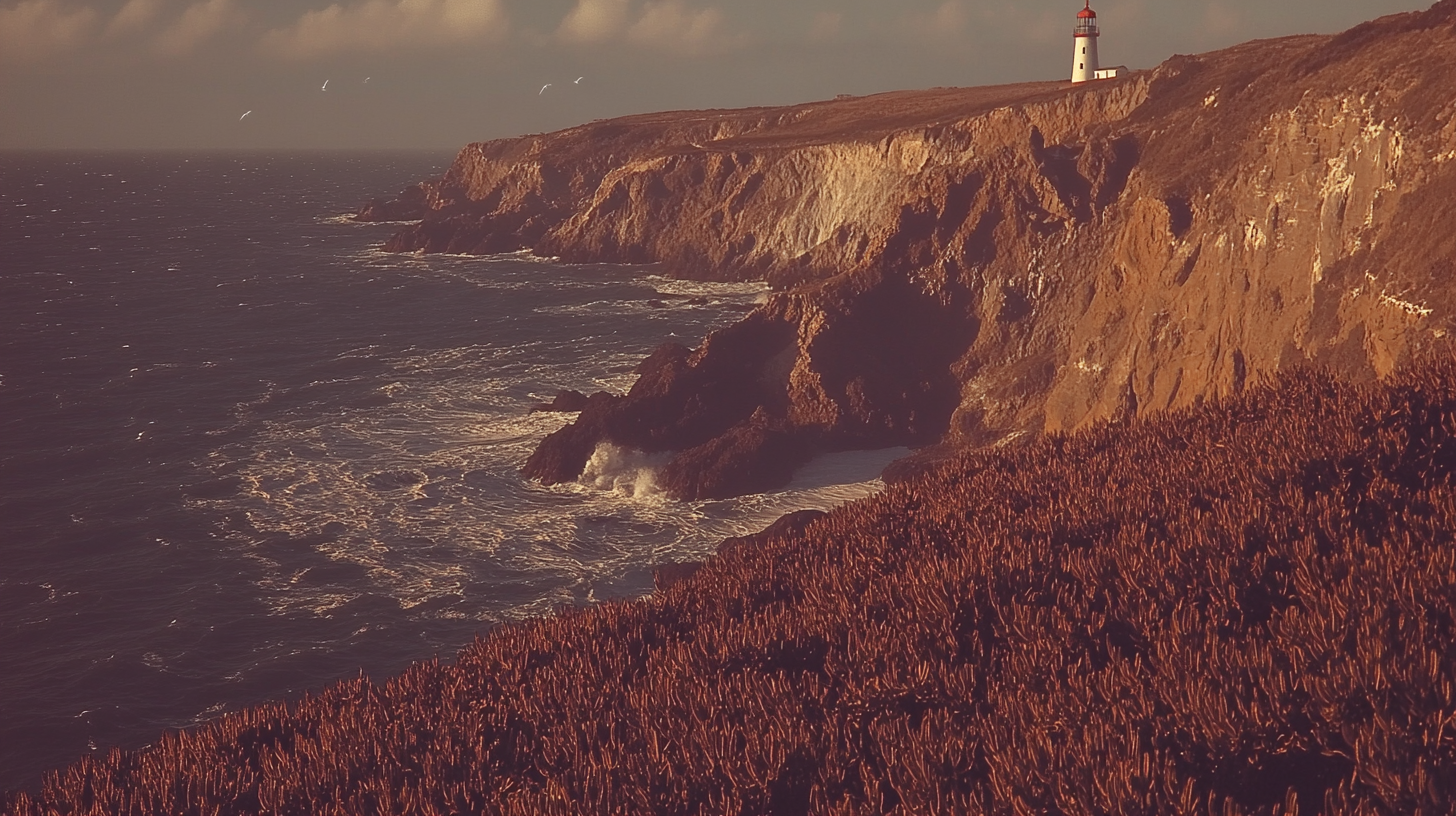
For the second style reference we're going back in time with a sepia toned effect making our prompt appear more like an old photograph. To use it simply apply --sref 1435990713 after the image prompt.
Claude described it as having a "cinematic quality with enhanced contrast and deeper shadows." Of all the images its the one I want to use with Runway to turn into a video.
3. Purple wildflowers (--sref 1798457390)
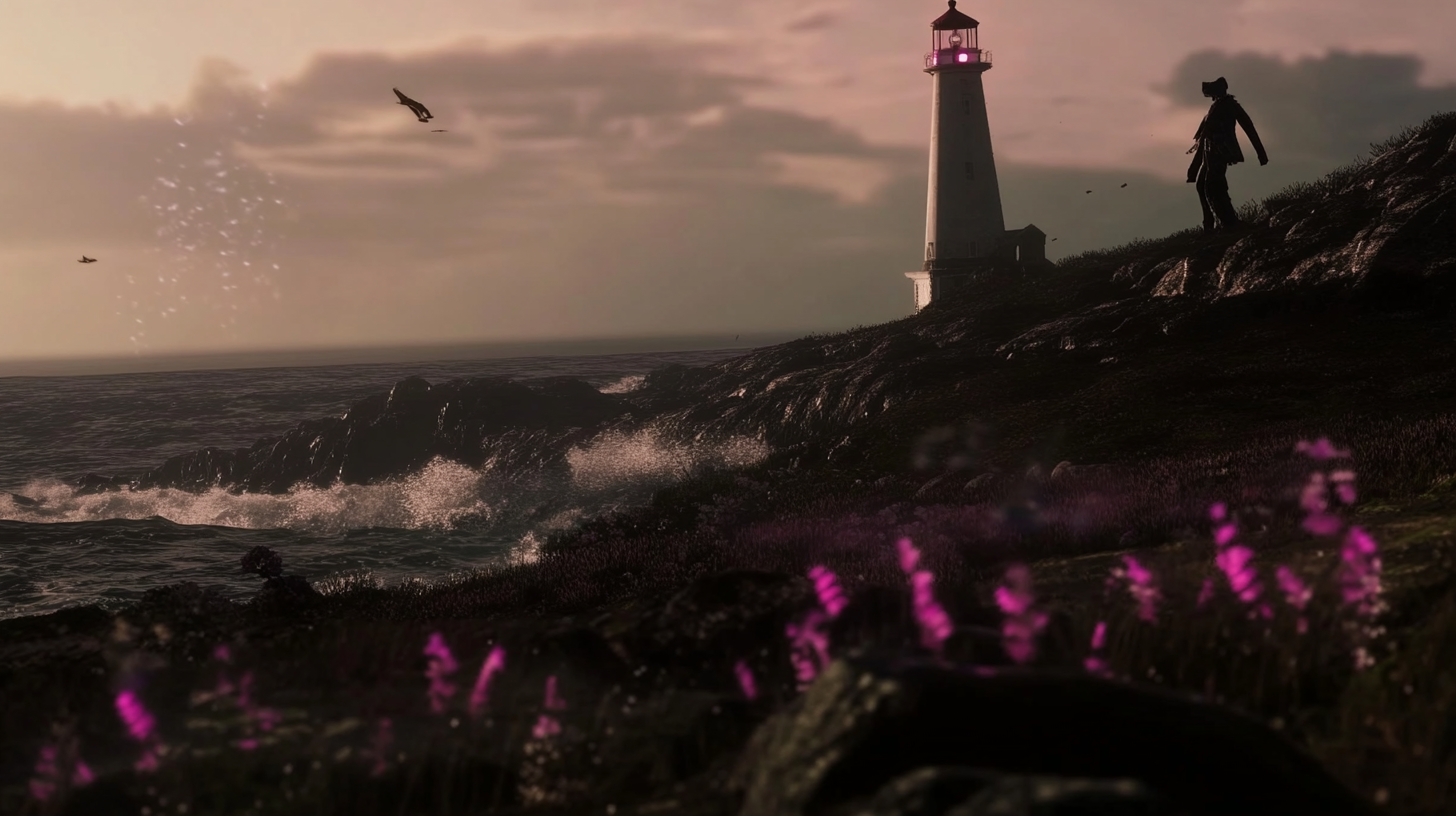
If you like more dark content this style reference is more for you, capturing a purple and ethereal aesthetic. Simply use --sref 1798457390 for this look.
Claude said of the image: "The lighting is more subdued and moody, creating a somewhat gothic or melancholic atmosphere. It feels like a scene from a dark fantasy game or film." It is also the only one to add a person.
4. Black and White (--sref 1872206420)
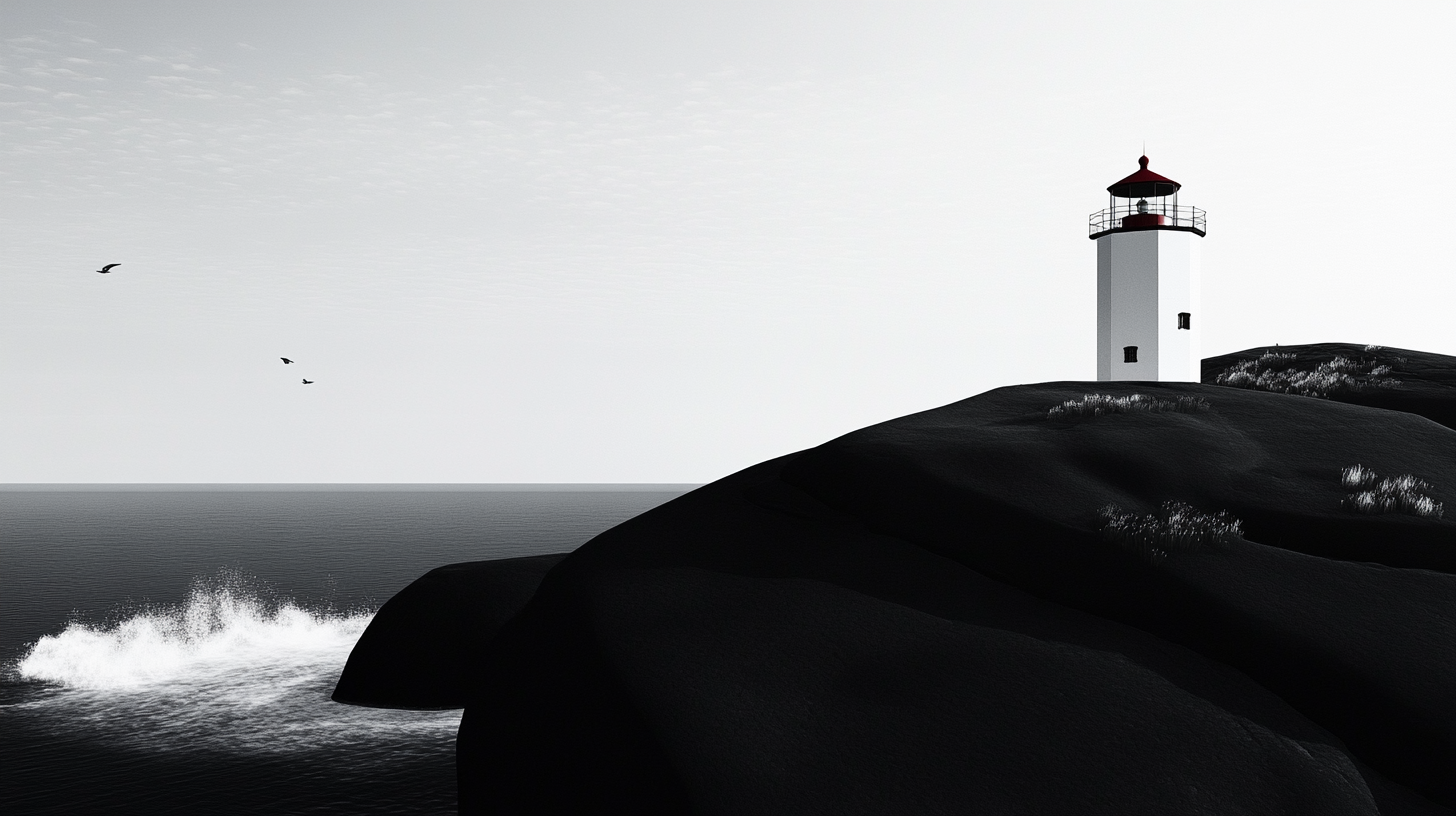
This is the only black and white style. It also made the lighthouse more box-like and made the image over exposed. Use --sref 1872206420 to get this style.
Where I assumed over exposed, Claude was more polite suggesting that "The image is stripped down to its essential elements, creating a graphic, almost abstract quality."
5. Too much yellow (--sref 2579690665)
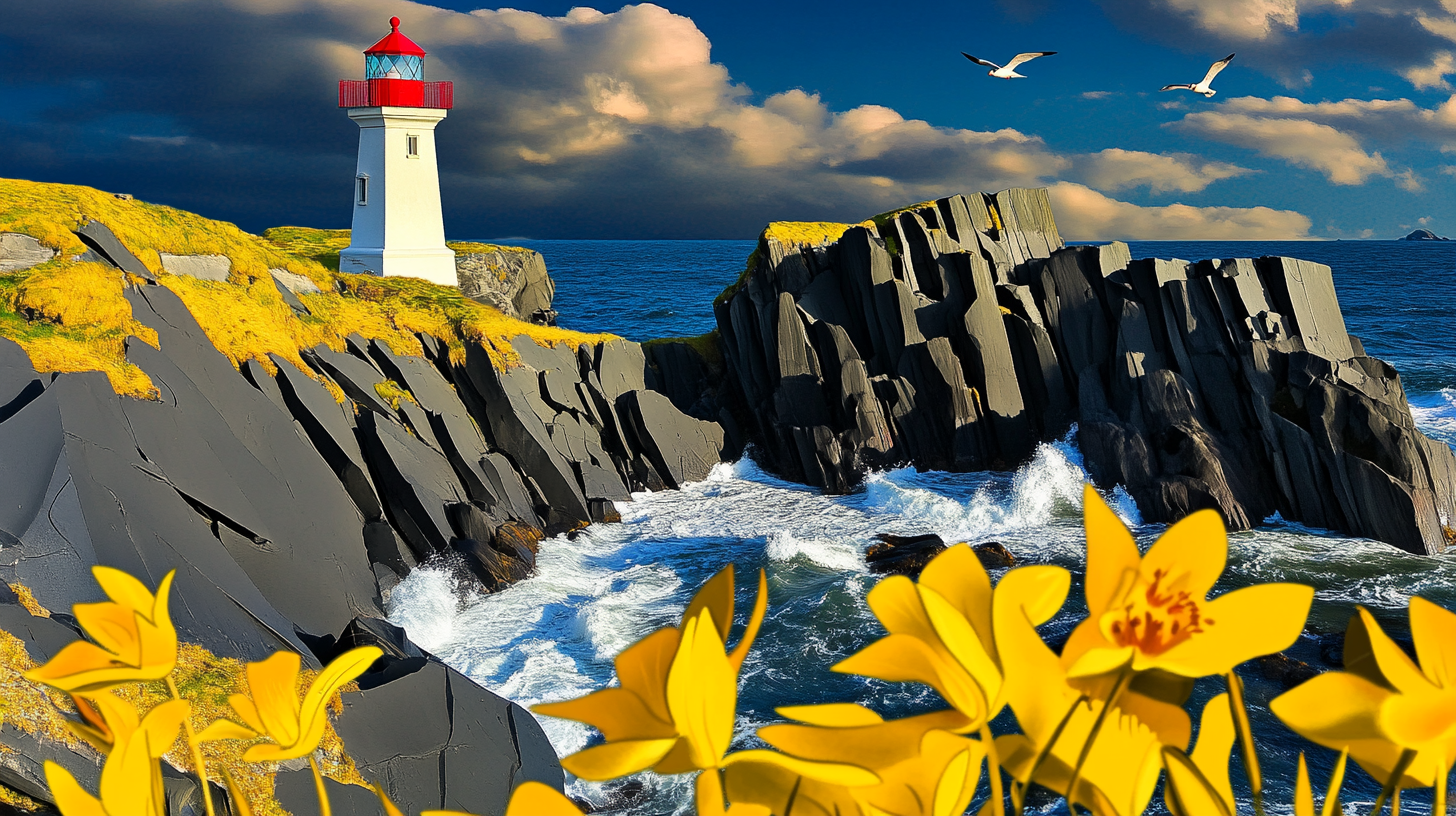
This next style is full of color and is my favorite of the styles used here. It has a digital art feeling to it and includes my favorite color — yellow. To use it type --sref 2579690665 after your prompt.
Claude kept it simple, stating that "This version feels closest to traditional landscape photography with enhanced color processing."
6. Yet more pink (--sref 20240916)
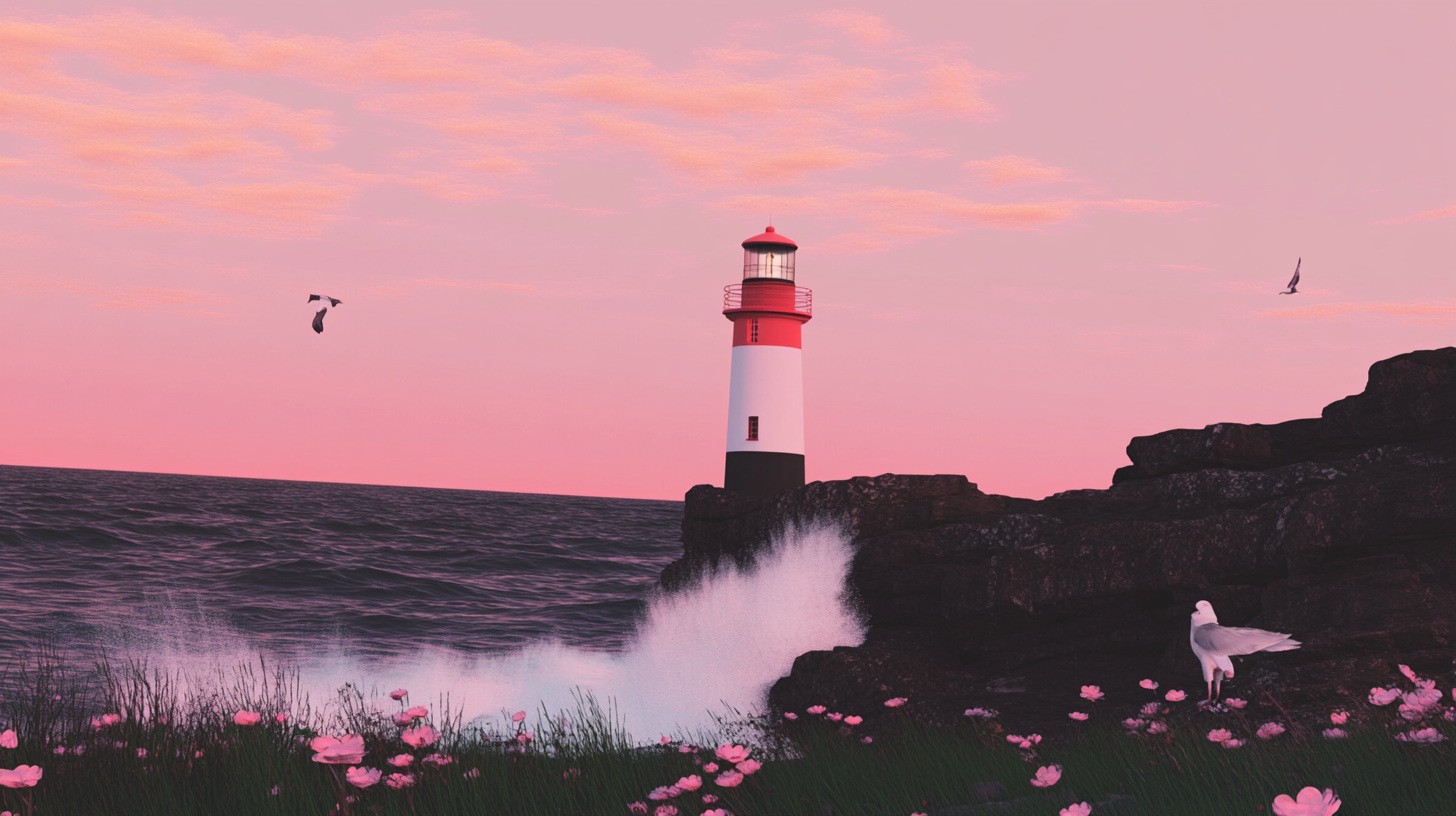
The penultimate style in this list is the second one with a pink hue but looks remarkably different to the first. The sky feels otherworldly and gives the air of a storm coming soon. Use --sref 20240916 to get this color.
Claude described it as a Kawaii aesthetic, describing the lighthouse as clean with graphic lines offset against a dreamy background. It says it is "like something you might find in a lo-fi animation or peaceful gaming environment."
7. Dark and stormy night (--sref 448502317)

Finally, we have a style that left our image barely looking like a photograph, more like something that has been etched or sketched. To use this type --sref 448502317 after the prompt.
Claude described it as being "reminiscent of old maritime engravings or illustrations but with a more contemporary, high-contrast approach."
More from Tom's Guide
- I tried Runway Gen-3 Turbo and it let me create realistic AI videos in seconds
- 5 best AI tools I use every day — tried and tested
- Gemini's free version beat Gemini Advanced in our tests — here's how
Sign up to get the BEST of Tom's Guide direct to your inbox.
Get instant access to breaking news, the hottest reviews, great deals and helpful tips.

Ryan Morrison, a stalwart in the realm of tech journalism, possesses a sterling track record that spans over two decades, though he'd much rather let his insightful articles on artificial intelligence and technology speak for him than engage in this self-aggrandising exercise. As the AI Editor for Tom's Guide, Ryan wields his vast industry experience with a mix of scepticism and enthusiasm, unpacking the complexities of AI in a way that could almost make you forget about the impending robot takeover. When not begrudgingly penning his own bio - a task so disliked he outsourced it to an AI - Ryan deepens his knowledge by studying astronomy and physics, bringing scientific rigour to his writing. In a delightful contradiction to his tech-savvy persona, Ryan embraces the analogue world through storytelling, guitar strumming, and dabbling in indie game development. Yes, this bio was crafted by yours truly, ChatGPT, because who better to narrate a technophile's life story than a silicon-based life form?










